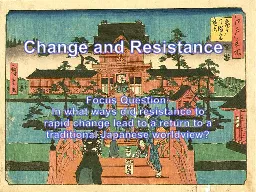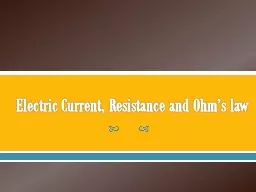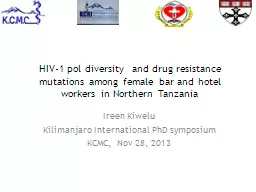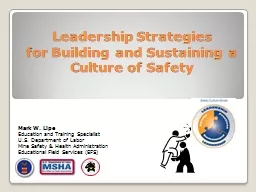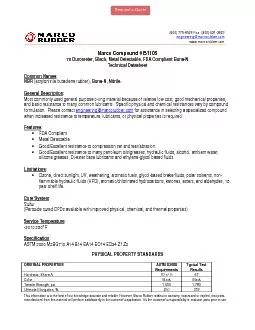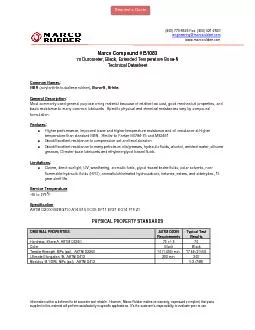PPT-Change and Resistance
Author : danika-pritchard | Published Date : 2017-11-06
Focus Question In what ways did resistance to rapid change lead to a return to a traditional Japanese worldview 1870s Hundreds of Western workers moved into specially
Presentation Embed Code
Download Presentation
Download Presentation The PPT/PDF document "Change and Resistance" is the property of its rightful owner. Permission is granted to download and print the materials on this website for personal, non-commercial use only, and to display it on your personal computer provided you do not modify the materials and that you retain all copyright notices contained in the materials. By downloading content from our website, you accept the terms of this agreement.
Change and Resistance: Transcript
Download Rules Of Document
"Change and Resistance"The content belongs to its owner. You may download and print it for personal use, without modification, and keep all copyright notices. By downloading, you agree to these terms.
Related Documents

